Here is the Volume 1 of Volleyball from When you watch something, visit us first! Mr. Futoshi TERAMAWARI, General Manager of #PFUBlueCats Ishikawa Kahoku, told us about the Structure of Volleyball this time. This is the combined version of Part 1-1 and 1-2 on our YouTube channel.
We suppose that you may have opportunities to watch Volleyball games of the Olympics and other events.
This time, we interviewed Mr. Futoshi TERAMAWARI, who was Head coach of Men’s Volleyball National team as well as Team Manager of Women’s Volleyball National Team, and is currently General Manager of PFU Blue Cats Ishikawa Kahoku, a member of DAIDO LIFE SV.LEAGUE WOMEN, about how Volleyball players think during games.
We hope you will find this information useful when watching games.
.png)
Part 1-1: “Structure” of Volleyball (First Part)
Hello. I am Futoshi TERAMAWARI, the General Manager of PFU Blue cats. I would like to talk about Volleyball this time, so please enjoy this video. Thank you.
Basic of Volleyball
Q: Could you let us know the basic concept of Volleyball?
In Volleyball, points are scored regardless of which team serves. So whichever team makes Side-out, i.e., successfully attacks when the opponent serves, will always score a point. So if both teams repeatedly make Side-out to each other, the point difference will not happen.
Therefore, in order to win a match, it is essential to get Break points, that is, to score a point when your team serves. So, a team must take the Side-out anyway, and in addition to that, to get Break points on their own serve determine the winner in current Volleyball.
So, what we should focus on is the first contact, Serve. And for the other team, Reception is very important.
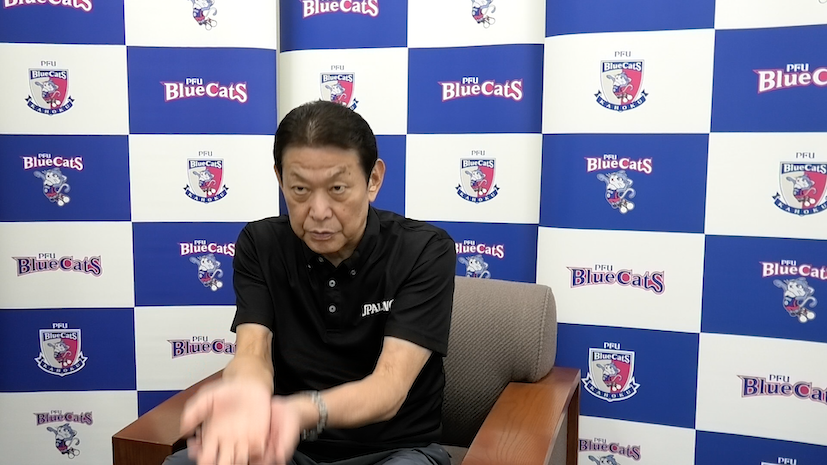
Reception and Serve, these two are very important. These two things can very much affect the flow of the match.
Q: What do you think is the key point for taking “Break”?
Especially in men’s Volleyball, when “A pass” is delivered to Setter (S), that is, when S does not move much and can set up in good condition, this attack has a very high probability, 60-70%, of taking Side-out, therefore, it is very important to serve in such a way that can break the opponent’s formation.
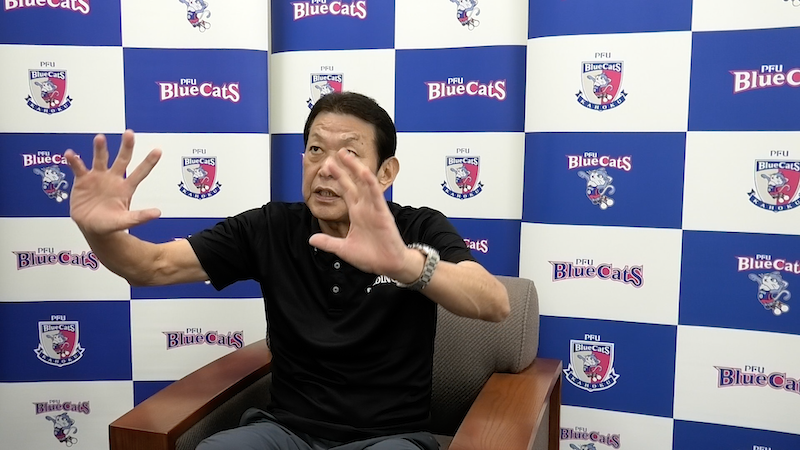
So the current trend on serve is to hit a strong jump Serve to break the opponent formation, even taking some risk.
Q: Does the probability of Side-out decrease when the ball is not returned to Setter accurately because the options of the opponent’s attack are limited?
Yes. Of course, a quick attack is possible even if the opponent’s formation is broken, but such quick attack takes more time, so it is easier to block. So basically, if Reception doesn’t go well, the serving team has a better chance of Break, and the data shows that, so this is the fact.
Q: What benefit does it bring if good serves can make the reception inaccurate and to get in the block in good way?
If Block is completed. By completing Block, the position of Defense becomes clear. The course of the opponent’s attack is narrowed down.
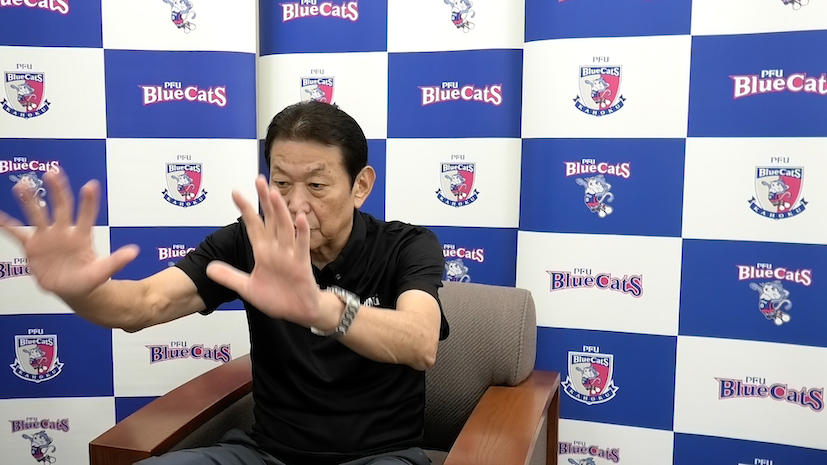
It is then important to complete Block well. Then, One Touch or Shut, in other words, Kill Block, may happen and increase the probability of scoring. Furthermore, by increasing the chances of digging the opponent’s attack, the probability of getting Break point also increases.
Q: If we don’t let the opponent score, then it becomes an opportunity for our team to attack.
Right.
Q: How do you think about the numbers of players on block?
Regarding the number of blocks, I would say that in the case of the opponent formation is broken, Block with 3 blockers increase the probability of blocking also Digging the attack, so Serve is still important and cannot be put off in order for the block to be more effective.
In Volleyball, the relationship between Block and Defense is very important. When we watch Volleyball match and think about why this dig is successful, it is because the block is in place, the left side player of the front is in the correct position, and the ball hit inward by the opponent can be Digged. The probability of having such leeway also improves when the opponent Reception is not good and setting does not go well.
Part 1-2: “Structure” of Volleyball (Latter Part)
Q: It is important to let the opponent take more time to attack, isn’t it?
Especially in the case of Japanese Men’s Volleyball team, the height is inferior to that of countries in Europe, U.S., and South America, so the accuracy of Reception is important in order to pursue speed and prevent the opponent’s block from completing. So in that sense, it is important to know how to deal with poor Receptions.
Basically, you have to break the opponent’s Reception down. Then, we need to make sure that we have the proper number of Blocks. When there is only one Block or no Blocks, the attack is almost always successful. This is the same for women’s Volleyball.
Therefore, even when two of our blocks are properly completed against an attack from the opponent’s left side, if we cannot promptly respond, for example, by stepping back the Defensive line depending on the opponent’s situation, we will lose points because the speed of the opponent’s spikes is also very fast.
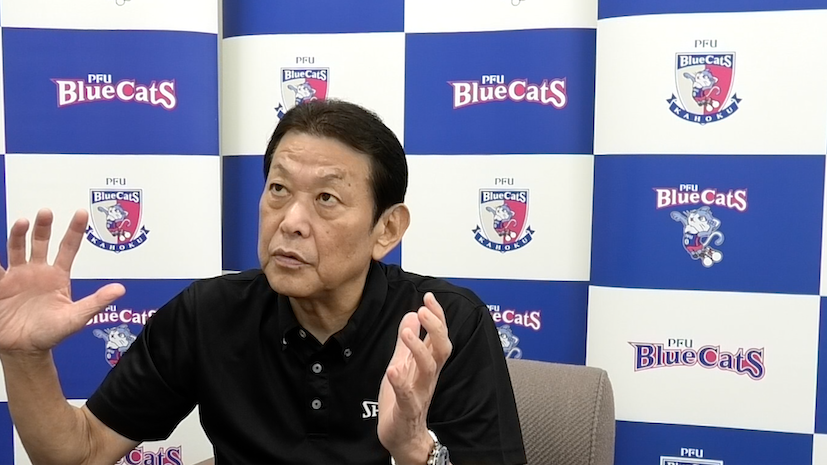
Whether or not the dig goes well or not finally, we can create a situation where the probability of the Dig is very high.
Q: In contrary, if we are not able to create that situation, we cannot stop the opponent’s attack?
Yes. As the speed of attack is quite fast. Individual skills alone are not enough to handle this. So, when we think about it in total, the team with more detailed coordination between Block and Defense is definitely strong.
It is important for a team to have players in proper positions depending on the situation, rather than just vaguely saying that some players should block and the other players should receive. A strong team must be able to wait for the opponent Spike being ready to dig before they do.
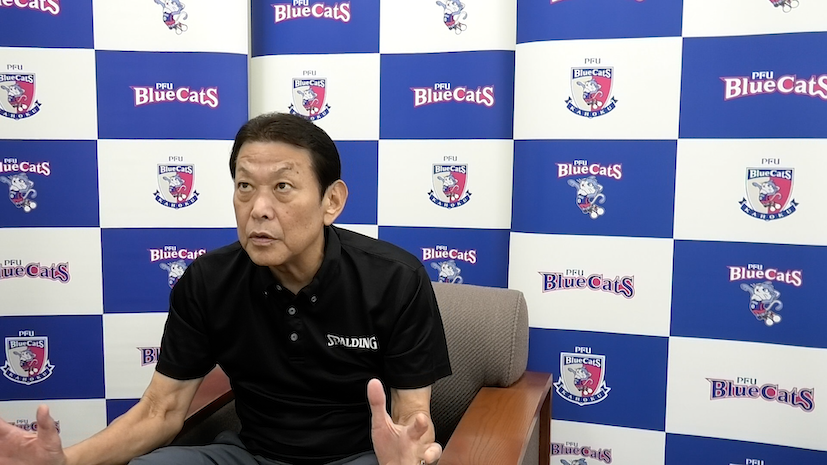
Q: Do Coaches give detailed instructions on player positioning in advance?
Rather than instructed each time, we share with each rotation before every match that this player will spike here in many cases when the blocker is only one. And at that time, the ball will come here, and so on. Also, when there are two blockers, we give them instructions in advance to tighten Block on the straight side or to leave that course open, because this is the most common.
In this way, each team has a meeting before the match to discuss how to respond to each player and each rotation. So we play the match with everything in mind on how to respond to each situation. However, in some matches, there are cases in which the opponent players attack differently from the meeting we had before the match.
In such cases, we may have to give new instructions during the match that the original instruction was for this player on the left to hit a straight in this rotation, but that player has been hitting to cross course every time in this match, so Block should not be in straight course. New data is constantly coming in from analysts even during the game.
All teams are now analyzing data very quickly. The teams are preparing before the game and players are playing with the data in mind.
Volleyball players have to do this kind of thing easily, so they still think with their heads and then react with their bodies immediately. In that sense, players are doing very advanced things. Now in Volleyball matches, especially at the top level, things that defy the data often happen. When watching matches, you can see this kind of thing.
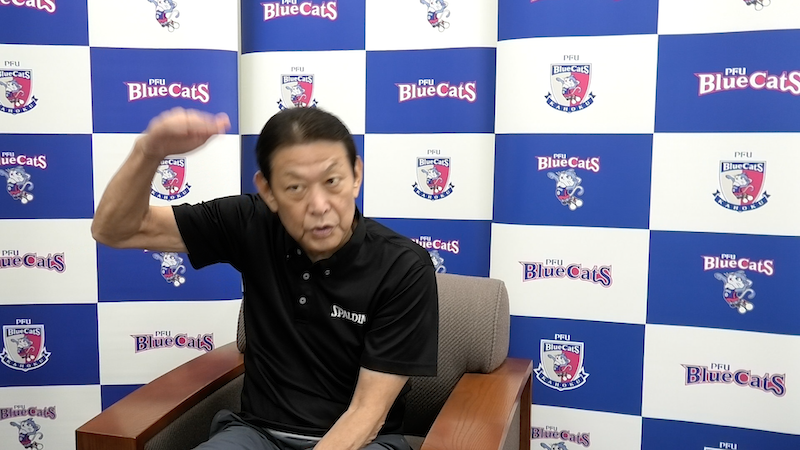
Q: So the players are quickly and instantly making such adjustments according to the situation?
Yes, yes. That’s right.
So, for example, when there is. only one Blocker, Defensive players in the back will instantly move in on the front. In addition, players also keep in mind the data. Everyone is playing the game keeping in mind the situation in today’s game. Furthermore, instructions are also given from the bench.
Share this content:
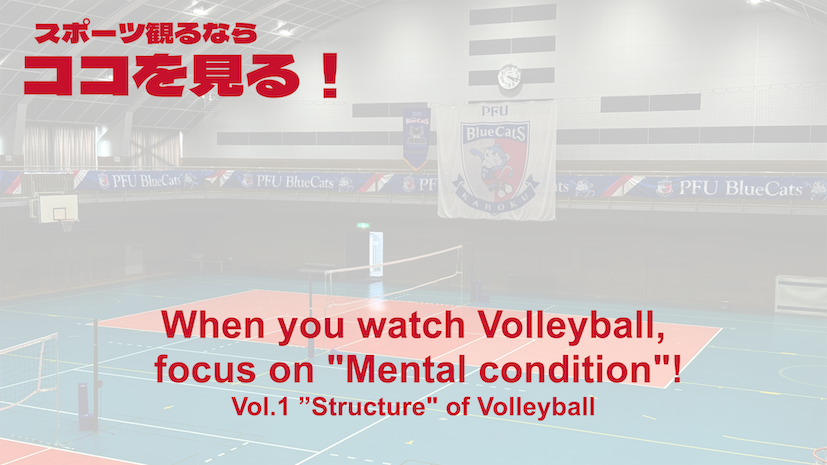
コメントを残す